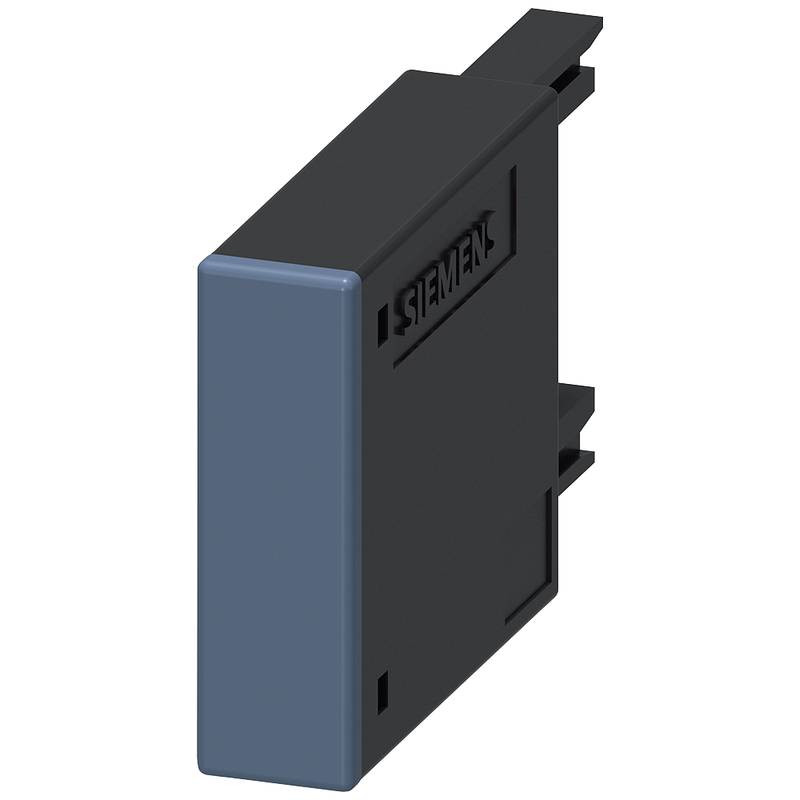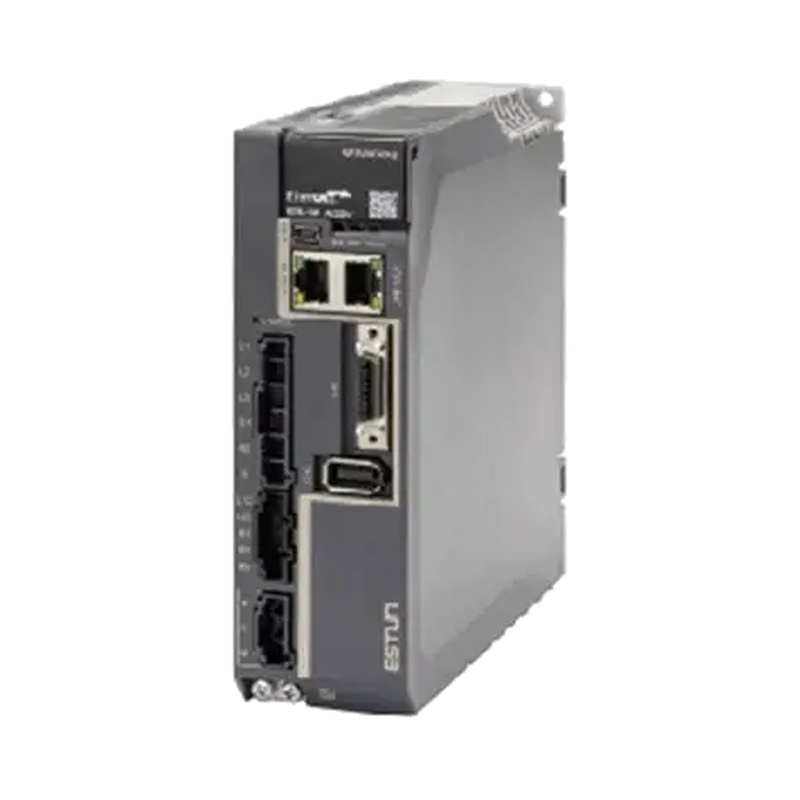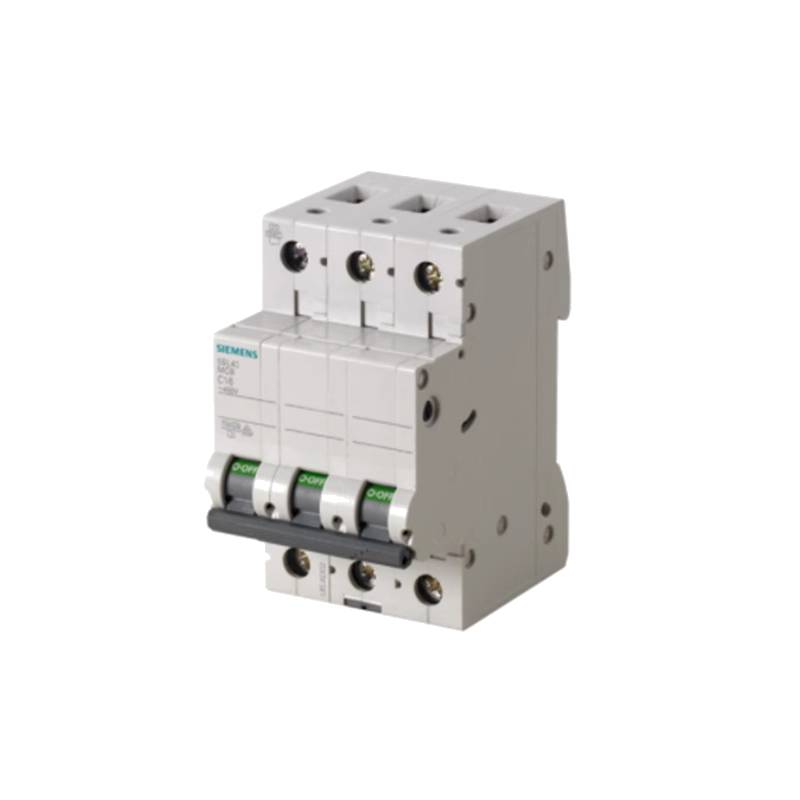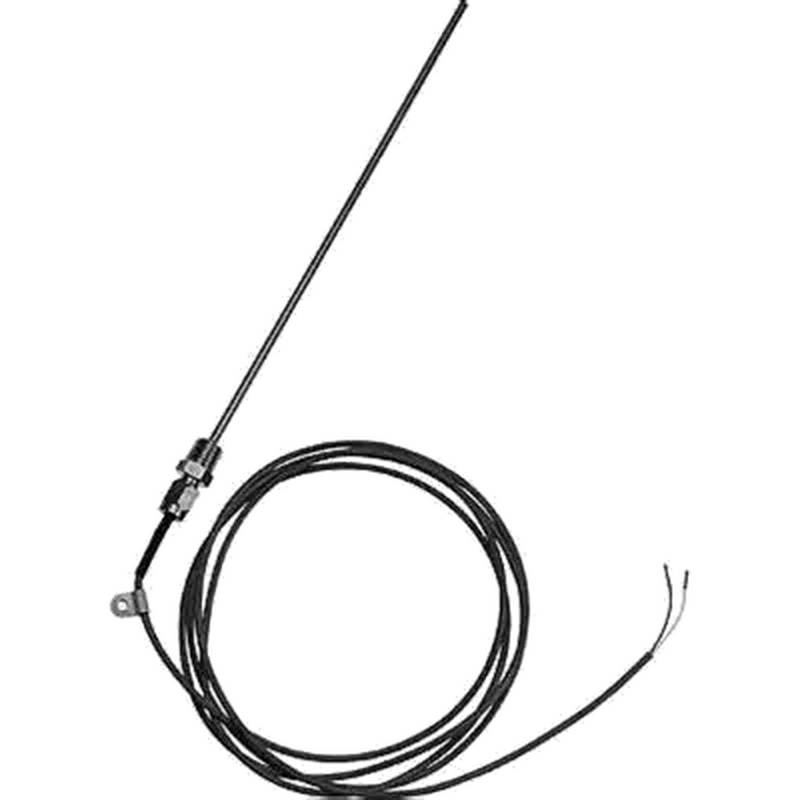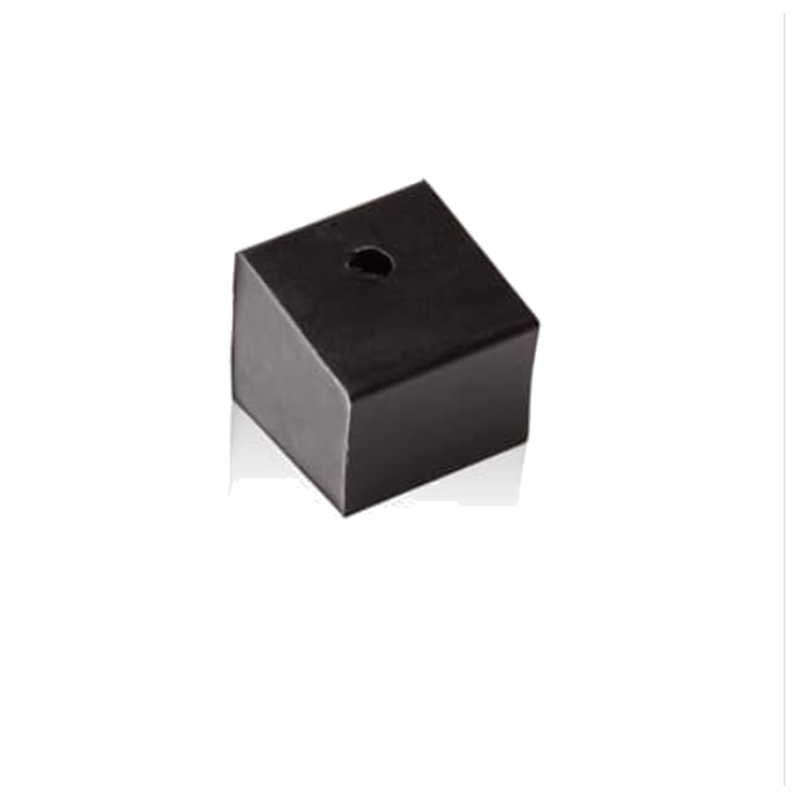
The Siemens 6SL3210-1KE26-0AF1 G120 drive control unit is a robust, industrial-grade solution engineered for demanding applications, offering enhanced safety features and integrated filtering for superior performance and system protection. This drive excels in environments requiring precise motor control, reliable operation, and adherence to stringent safety standards. Its advanced capabilities make it a cornerstone for modern industrial automation, ensuring efficiency and operational integrity.
Product Specifications
| Feature | Specification |
| :---------------------- | :--------------------------------------------------- |
| Product Number | 6SL3210-1KE26-0AF1 |
| Series | SINAMICS G120 |
| Power Rating | 30 kW |
| Output Current | 58 A |
| Input Voltage | 380-480V, 3-Phase |
| Frame Size | G120 (specific frame size may vary by configuration) |
| Safety Integrated | Yes (STO - Safe Torque Off) |
| Filter Integrated | Yes (EMC filter for reduced electromagnetic interference) |
| Cooling Method | Air cooling |
| Protection Class | IP20 (standard), higher ratings available with enclosures |
| Communication | Various fieldbus options available (e.g., PROFINET, PROFIBUS) |
Core Features & Market Positioning
The Siemens 6SL3210-1KE26-0AF1 stands out due to its "Safety Integrated" functionality, specifically the Safe Torque Off (STO) capability, which significantly enhances personnel and machine safety by preventing unintentional motor starts. This feature is crucial in industries where rapid shutdown is a critical safety requirement, reducing the risk of accidents. Furthermore, the integrated electromagnetic compatibility (EMC) filter is a key differentiator, simplifying installation by reducing the need for external filtering components and ensuring compliance with electromagnetic interference regulations. This all-in-one design minimizes cabinet space and complexity, positioning the G120 drive as a highly integrated and cost-effective solution for sophisticated automation tasks. Its industrial-grade construction ensures reliable operation even in harsh environments, a hallmark of Siemens' commitment to quality and durability in automation technology.
Key Application Scenarios
This Siemens G120 drive is ideally suited for a wide array of industrial applications where precise motor control and enhanced safety are paramount. It is extensively used in material handling systems, such as conveyor belts and automated storage and retrieval systems, where controlled acceleration and deceleration are essential for efficient operation and product integrity. In the manufacturing sector, it powers machinery like pumps, fans, and compressors, optimizing energy consumption through variable speed control. The integrated safety functions make it a preferred choice for processing industries, including food and beverage, pharmaceuticals, and chemical plants, where safety regulations are particularly stringent. Furthermore, its robust design and communication capabilities lend themselves to integration in complex automated production lines and packaging machinery.
Practical System Integration Guidance
Integrating the Siemens 6SL3210-1KE26-0AF1 into an industrial control system involves careful consideration of power, control, and communication wiring. The unit requires a stable three-phase power supply within the 380-480V range. For safety functions like STO, dedicated safety wiring is mandatory, connecting directly to the control terminals to ensure rapid and reliable disconnection of motor power. Communication integration typically involves selecting an appropriate fieldbus module (e.g., for PROFINET or PROFIBUS) and configuring the network parameters using Siemens' TIA Portal software. Proper grounding and shielding are crucial to leverage the benefits of the integrated EMC filter and prevent electrical noise from affecting other system components.
Operation and Risk Mitigation
Operating the Siemens 6SL3210-1KE26-0AF1 is managed through its control unit (CU) and operator panel (OP), or remotely via a fieldbus. Standard operating procedures should include regular checks of motor parameters, environmental conditions, and safety interlocks. Risk mitigation is significantly enhanced by the STO function, which should be tested periodically as part of a comprehensive safety protocol. Common troubleshooting involves monitoring diagnostic codes displayed on the OP or within the TIA Portal. Fault codes related to overcurrent, overvoltage, or undervoltage require immediate attention and often indicate issues with the motor, power supply, or internal drive components. Understanding these codes, such as F0001 (Overcurrent) or F0002 (Overvoltage), is key to swift resolution.
Scalability & Long-Term Value
The SINAMICS G120 platform, including the 6SL3210-1KE26-0AF1, offers excellent scalability and long-term value. Its modular design allows for the addition or replacement of control units (CUs) and interface modules, enabling adaptation to evolving application requirements or network standards. Compatibility with Siemens' TIA Portal engineering framework ensures seamless integration with other Siemens automation components, facilitating the development of comprehensive solutions. The drive is designed to support industrial internet of things (IIoT) initiatives through its advanced communication options, enabling remote monitoring, diagnostics, and predictive maintenance, thereby maximizing operational uptime and return on investment.
FAQs
What is the primary function of the Siemens 6SL3210-1KE26-0AF1 drive?
This drive controls electric motors in industrial settings, providing variable speed and torque regulation. It features integrated safety functions for enhanced operational protection.
The unit also includes an EMC filter to minimize electromagnetic interference. Its robust design ensures reliable performance in demanding environments.
It is engineered for precise motor management across various manufacturing and automation applications. The drive optimizes energy consumption and process efficiency.
How does the "Safety Integrated" feature benefit an industrial system?
"Safety Integrated" offers direct protection by preventing hazardous motor movement. This reduces risks to personnel and machinery during operation or maintenance.
The Safe Torque Off (STO) function ensures rapid and reliable disconnection of motor power. It simplifies safety integration compared to external safety relays.
This feature contributes to easier compliance with international safety standards and regulations. It streamlines the overall safety concept of the machinery.
What are the typical industries that utilize the Siemens G120 6SL3210-1KE26-0AF1?
This drive is commonly found in manufacturing and processing industries. It is used for applications like material handling, pumps, and fans.
The robust design and safety features make it suitable for food and beverage production. It is also applied in packaging machinery and water treatment plants.
Its precise control capabilities are beneficial for automation in automotive and logistics sectors. The drive supports diverse industrial automation challenges.
Can this drive be integrated with PROFINET or PROFIBUS networks?
Yes, the SINAMICS G120 platform supports various communication protocols. PROFINET and PROFIBUS are common options via optional interface modules.
Integration requires selecting the appropriate communication module for the drive. Configuration is typically managed within Siemens' TIA Portal software.
This allows for seamless data exchange with PLCs and other network devices. It enables remote control, monitoring, and diagnostics.
What is the significance of the integrated EMC filter?
The integrated EMC filter reduces electromagnetic interference emissions from the drive. This helps meet regulatory standards and prevents disruption to other electronic equipment.
It simplifies installation by eliminating the need for an external filter. This saves cabinet space and reduces wiring complexity.
Proper grounding and shielding are still essential for optimal filter performance. The filter contributes to a cleaner and more stable electrical environment.
What is the power and output current rating of this specific Siemens drive?
This model, the 6SL33210-1KE26-0AF1, is rated for a 30 kW motor power output. It can deliver a maximum continuous output current of 58 A.
This rating makes it suitable for driving larger industrial motors and demanding applications. It provides ample power for continuous operation.
Users should ensure their motor specifications align with these ratings for optimal performance and longevity. Verify motor nameplate data.
How is the Safe Torque Off (STO) function activated and reset?
STO is typically activated through a dedicated digital input connected to a safety control system or emergency stop button. It is a hardwired safety function.
Resetting STO requires clearing the fault condition and then manually re-enabling the drive. This prevents accidental re-start.
Proper safety system design and wiring are critical for reliable STO operation. Always follow manufacturer guidelines and local regulations.
What are common troubleshooting steps for Siemens 6SL3210-1KE26-0AF1?
Begin by checking diagnostic error codes displayed on the operator panel or in the TIA Portal. These codes pinpoint the issue's nature.
Verify power supply stability and all electrical connections for loose wires or incorrect wiring. Ensure motor and cable integrity.
Consult the drive's manual for specific fault code explanations and recommended corrective actions. Often, parameters or component issues need addressing.
What type of cooling does this industrial grade drive use?
The Siemens 6SL3210-1KE26-0AF1 utilizes forced air cooling. It typically relies on integrated fan systems within the drive unit.
Adequate ventilation around the drive is crucial for efficient heat dissipation. Avoid obstructing airflow to prevent overheating.
Operating temperatures and environmental conditions affect cooling performance. Ensure the drive operates within its specified ambient temperature range.
How does this drive contribute to energy efficiency in industrial applications?
The drive enables variable speed operation, allowing motors to run only as fast as needed for the task. This significantly reduces energy consumption compared to fixed-speed motors.
It optimizes motor performance based on load requirements, minimizing wasted energy. Energy savings are particularly notable in applications with fluctuating demand.
Features like energy-saving modes and efficient power conversion further enhance its energy-saving capabilities. This leads to lower operational costs and a reduced carbon footprint.
















